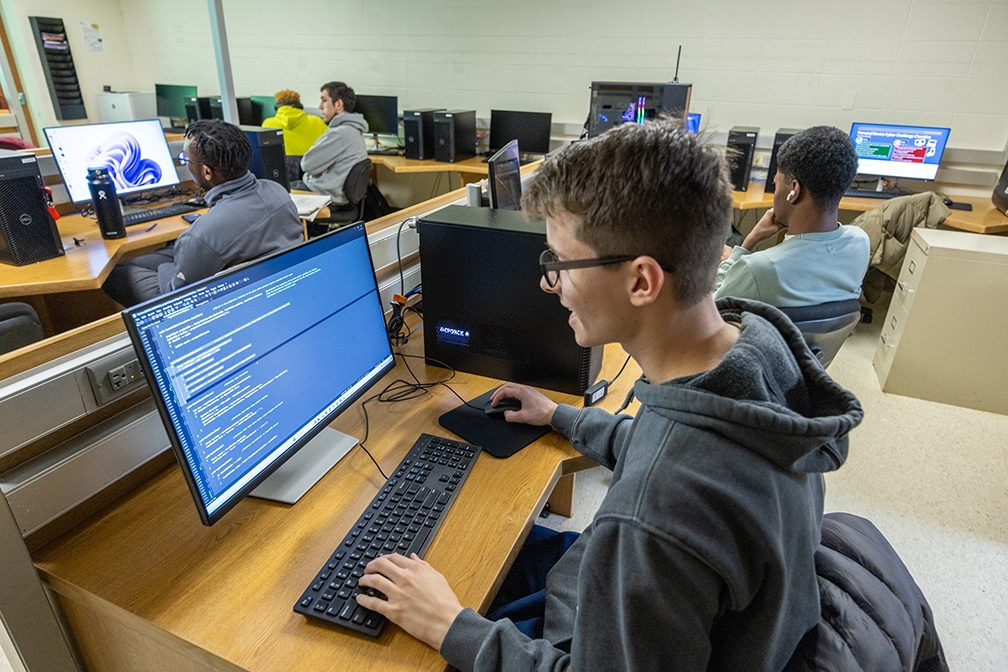
STEM Resources
About STEM Resources
For STEM students, great resources include online platforms like Code.org for coding skills, the National Science Foundation’s supported programs like Cyberchase and SciStarter for interactive learning, university-based summer research programs like Stanford’s SIMR, and competitions like CyberPatriot for cybersecurity practice; additionally, consider exploring opportunities like internships at research institutions like NIH or NASA STEM engagement programs depending on your specific interests.
Science and Research Opportunities:
- National Science Foundation (NSF): Supports various STEM education programs like Cyberchase, SciStarter, and Zooniverse.(nsf.gov)
- Research Science Institute (RSI): Highly competitive summer research program for high school students.(cee.org)
- Stanford Institutes of Medicine Summer Research Program (SIMR): Biomedical research opportunities for undergraduates.(SIMR.stanford.edu)
- National Institutes of Health (NIH): Summer internship programs in various research areas.(nih.gov)
Competitions and Challenges:
- CyberPatriot: National Youth Cyber Defense Competition
- Science Olympiad: Competition testing students on a variety of STEM concepts
- International Science and Engineering Fair (ISEF): Showcase for student research projects
Career Exploration:
- CareerOneStop: US Department of Labor resource with information about STEM careers, training, and internships
- Skype-a-Scientist: Connect with practicing scientists through virtual sessions
University-based Programs:
- Summer STEM programs at top universities: Many universities offer summer research programs for undergraduate students across various STEM fields
- Undergraduate research opportunities: Check with your university’s research departments for potential research projects
Important considerations when choosing resources:
- Your specific STEM interests: Explore options focused on your desired field, like engineering, biology, computer science, or environmental science.
- Skill level: Choose programs that match your current knowledge and experience.
- Learning style: Consider whether you prefer online learning, hands-on activities, or a combination.
- Time commitment: Select programs that fit your schedule and availability.
